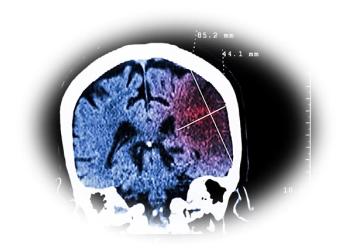
The Devil is in the T Wave
Chest pain at rest brought this 42-year-old man to the ED. He had experienced the pain in the past but only on exertion. He appears well on arrival. What does the ECG show?
A 42-year-old man with a history of hypertension was driven to the emergency department by his wife on a Sunday morning for evaluation of chest pain. The pain, which had spontaneously resolved prior to presentation, was described as a central to left aching sensation, occurring with exertion; on the morning of presentation, the pain had occurred at rest. The pain was associated with nausea and diaphoresis. On ED arrival, the patient was normal appearing without significant distress; his examination was largely unrevealing. A 12-lead electrocardiogram (ECG) (Figure 1) was performed.
Based upon the ECG findings seen in Figure 1, which of the following strategies bestdescribes the appropriate management plan?
A. Aspirin administration, biomarker testing (troponin) one time, exercise stress test with nuclear imaging if troponin is negative.
B. Aspirin administration, serial ECGs and biomarkers, discharge if the patient remains pain-free and evaluation is negative.
C. Aspirin administration, immediate exercise stress test with nuclear imaging.
D. Aspirin administration, serial ECGs and biomarkers, cardiology consultation for admission and probable coronary angiography.
E. Aspirin administration, serial ECGs and biomarkers, stress echocardiography with cardiology consultation, disposition based upon results of evaluation.
Please think through your answer,
Newsletter
Enhance your clinical practice with the Patient Care newsletter, offering the latest evidence-based guidelines, diagnostic insights, and treatment strategies for primary care physicians.





















































































































































































































































































